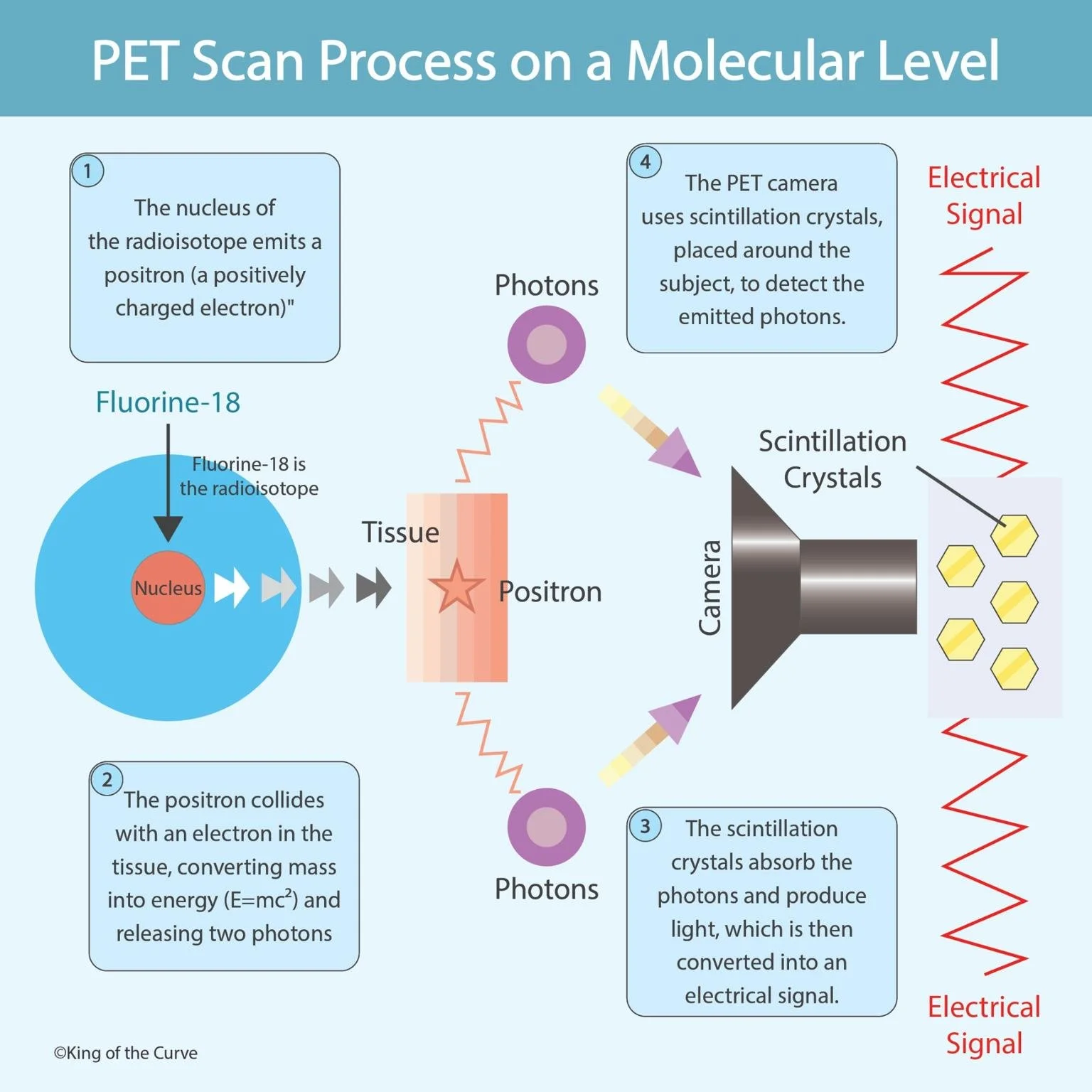
👁️ Understanding the Retina: A High-Yield Look at Cellular Layers
A high-yield breakdown of retinal anatomy, including rods, cones, bipolar cells, ganglion cells, and the RPE. Perfect for mastering MCAT vision and neurobiology with a King of the Curve visual.

💧 Understanding Renal Blood Flow (RBF) Regulation for the MCAT
A high-yield breakdown of renal blood flow (RBF) autoregulation, including the myogenic response and tubuloglomerular feedback. Perfect for mastering MCAT renal physiology with a King of the Curve visual.

🧬 Understanding Vitelline Duct Remnants for the MCAT
A high-yield breakdown of vitelline duct remnants including Meckel diverticulum, vitelline duct cysts, and vitelline fistulas. Perfect for mastering MCAT embryology using a King of the Curve visual.

🧭 Understanding Reference Frames for the MCAT
A high-yield explanation of reference frames in physics, showing how motion depends on the observer’s point of view. Ideal for mastering MCAT kinematics with a King of the Curve visual.

🧠 Understanding RAAS System Inhibitors for the MCAT
A high-yield breakdown of RAAS pathway inhibitors, including ACE inhibitors, ARBs, renin inhibitors, and aldosterone antagonists. Perfect for mastering MCAT cardiovascular and renal physiology with a King of the Curve visual.

🧠 Understanding Pyloric Stenosis for the MCAT
A high-yield explanation of pyloric stenosis, including anatomy, symptoms, electrolyte changes, and classic MCAT presentation. Features a King of the Curve visual to simplify this essential GI concept.

🧠 Understanding Psychological Theories of Mental Disorders for the MCAT
A high-yield breakdown of psychodynamic, behavioral, cognitive, and humanistic theories of mental disorders. Ideal for MCAT psychology prep, featuring a King of the Curve visual that simplifies complex concepts.

🔬 Understanding Proton Pump Inhibitors (PPIs) for the MCAT
A high-yield breakdown of how proton pump inhibitors (PPIs) work, including parietal cell ion transport, the H⁺/K⁺ ATPase pump, and regulatory signals. Perfect for MCAT physiology review with a King of the Curve visual.

🔬 Understanding GI Propulsion and Mixing for the MCAT
A high-yield explanation of GI propulsion and mixing, including roles of the mucosa, submucosa, muscularis, and enteric nervous system. Perfect for mastering MCAT physiology with help from a King of the Curve visual.

🔥 What Nuclear Fusion Really Means for MCAT Students
Learn how deuterium and tritium fuse to form helium and energy in this high-yield MCAT physics breakdown. Understand binding energy, mass defect, and exam-style reasoning with help from a King of the Curve science visual.

🔒 Prisoner’s Dilemma: Understanding Strategic Decision-Making
A clear and simple explanation of the Prisoner’s Dilemma in game theory. Learn how different choices affect outcomes, explore real-life examples, and understand why cooperation and strategy matter.

🧬 Prader–Willi Syndrome: Causes, Symptoms & Management
Learn the symptoms, causes, genetics, diagnosis, and treatment of Prader–Willi Syndrome. Includes clinical features, management tips, and medical visuals.

🧠 Understanding Potential Sites for Hypopharyngeal Diverticulum
Learn about the key anatomical weak points where hypopharyngeal diverticula form, including Killian’s dehiscence and the Killian–Jamieson area. Understand their structure, clinical relevance, and why these regions predispose to diverticulum development.

Portal and Systemic Venous Anastomoses: A Complete Guide
Learn the key portal–systemic venous anastomoses, their anatomical connections, and related clinical conditions such as esophageal varices, caput medusae, and portal hypertension.

🌈 Polarization of Light: Understanding How Light Waves Are Filtered
Learn how polarization of light works, how polarizers filter unpolarized light, and why this phenomenon is essential in sunglasses, cameras, microscopy, and LCD screens. Simple explanation with diagrams and examples.

🩸 Understanding Platelet Structure and Function in Hemostasis
Learn how platelets work in hemostasis through the stages of injury, adhesion, activation, and aggregation. Simple explanations of platelet receptors, ligands, and clot formation. Ideal for students and medical exam review.

🫀 Placement of ECG Electrodes
Learn the correct placement of ECG electrodes, including limb leads (RA, LA, RL, LL) and chest leads (V1–V6). This guide helps improve ECG accuracy and interpretation for students, nurses, and healthcare professionals.

🧠 PET Scan Process on a Molecular Level
Learn how PET scans work at the molecular level. Discover the process of positron emission, photon detection, and image reconstruction that enables advanced medical imaging through Positron Emission Tomography.

🩺 Pectinate Line: Anatomy and Vascular Supply of the Rectum
Explore the anatomy and clinical importance of the pectinate line in the rectum. Learn how it divides visceral and somatic innervation, arterial and venous supply, and lymphatic drainage key to understanding hemorrhoids and anal canal disorders.

🧬 Pathways of Hybridization: How New Species Emerge
Explore the fascinating pathways of hybridization and how they lead to new species formation. Learn about introgression, hybrid zones, and species merging with an easy-to-understand breakdown of evolutionary processes.
